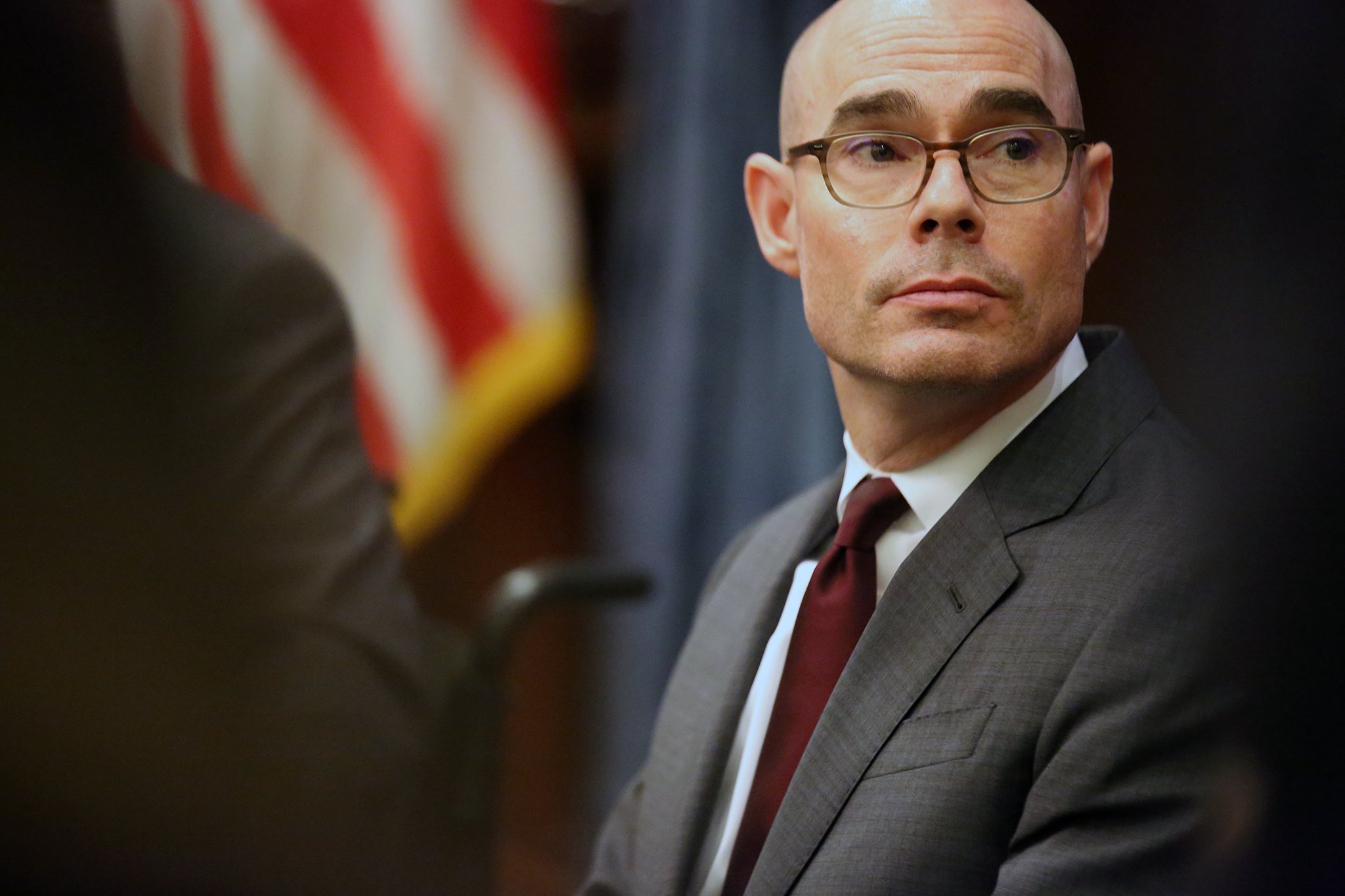
Study: Texas Spent $4.4 Billion Luring Businesses That Were Coming to the State Anyway
About 85 percent of the projects that received tax breaks through the Chapter 313 program didn’t need the incentive, according to a new study.


When a business invests in Texas, how do you figure out what role a tax incentive played in luring the company here? That’s the subject of a new study by Nathan Jensen, a professor of government at the University of Texas at Austin.
The Texas Economic Development Act, commonly called Chapter 313, was created by the Legislature in 2001 based in part on a typo in a report that showed businesses were choosing to invest in neighboring states with lower property taxes. Chapter 313 is the largest corporate welfare program in the state. It doled out $1.4 billion from 2005 to 2015 and is projected to cost at least $8.5 billion in foregone taxes over its lifetime — money that would otherwise go toward Texas public schools. The program has faced criticism from government accountability groups, which claim that tax dollars are being wasted on companies that would have invested in Texas without the tax breaks.
Jensen’s work attempts to quantify the amount spent by the state to lure businesses that couldn’t have gone elsewhere. Using a probability model, Jensen found that 85 to 90 percent of the 257 projects that received Chapter 313 tax breaks from 2002 to 2014 were likely coming to Texas anyway. Those projects were collectively awarded $4.4 billion in tax breaks. Separately, Jensen asked five experts to review the 257 projects. There was general agreement that 82 of the projects didn’t need tax breaks to lure them to Texas.
The program “works out to be a tax break for really large companies,” Jensen told the Observer in an email. “Some of them are induced to come to Texas because of this program, but most were already going to operate here.”
Lauren Willis, a spokesperson for the comptroller’s office, said the agency was reviewing the study and didn’t have comments at the time of publication.
Chapter 313 deals are made between school districts and companies and overseen by the state comptroller’s office. When a school district signs a deal giving away millions of dollars in property tax breaks, the district is reimbursed by the state. As an added bonus, school districts can negotiate “supplemental payments” with companies, which average about 30 percent of the total tax benefit.
Jensen’s study centers around the use of these supplemental payments. He argues that if a company truly needed a tax break, it wouldn’t be able to hand out hundreds of thousands of dollars to a school district to help secure the deal. And the higher the supplemental payments, the less likely it is that the company needed a financial break, he said.
“Companies will rarely admit they didn’t need the incentives,” Jensen said. “Supplemental payments are a unique window into the bargaining between school districts and firms.”
Dale Craymer, president of the Texas Taxpayers and Research Association, a pro-business think tank, said Jensen’s conclusions were “pre-determined” and that they “result from his assumptions — that anyone agreeing to higher school payments would have come to Texas anyway.”
Craymer also said it was “difficult to assess any validity of the study” because Jensen’s expert reviewers are unidentified. “We can’t even review the survey itself,” he said.
Jensen said he didn’t disclose the experts’ identities because there are few people in the industry with deep knowledge of the program and revealing their identity would be an ethical violation.
“I don’t want to get anyone fired for participating in the study,” he said.
Jensen isn’t the first to criticize the program. A 2016 Texas Senate report also came to a similar conclusion, finding that most of the wind projects supported by Chapter 313 likely chose to locate in Texas because of an isolated electric grid and state-financed transmission lines, not as a result of the tax incentives. Many of the manufacturing projects, too, were located close to shipping ports and a network of pipelines and refineries that provide an advantage to companies.
“The fundamental problem is the poor targeting of incentives,” said Jensen. “A company may perfectly comply with every aspect of the program, but if the company was going to be here anyway, then this is still a loss for the Texas taxpayers.”


